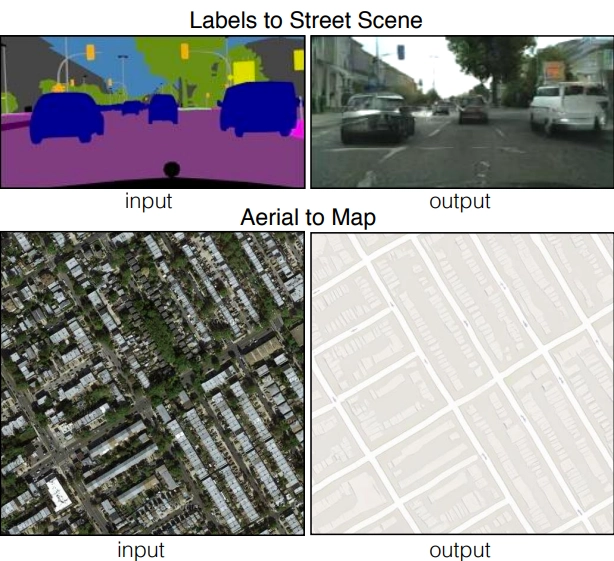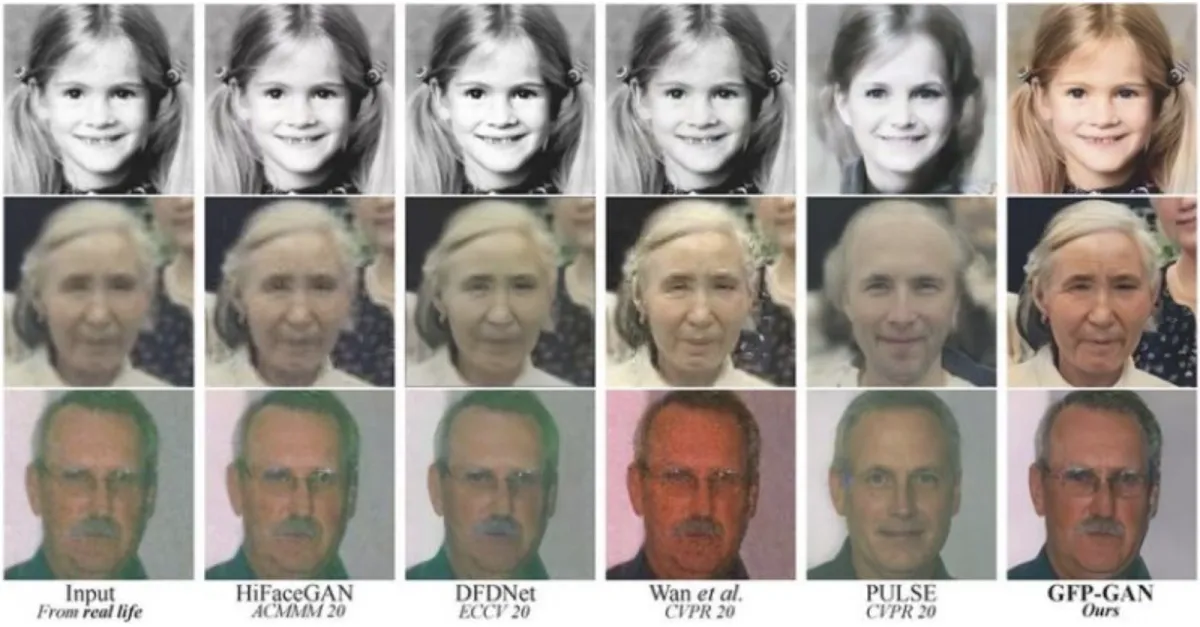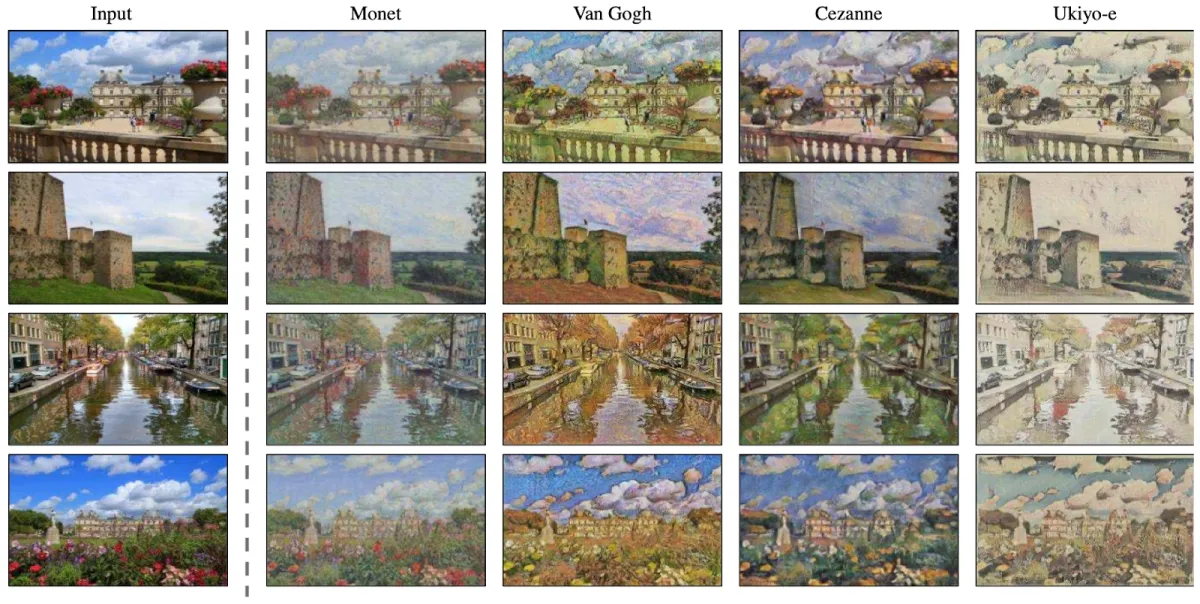Generative AI is one of the latest famous technologies with the capability of realistic images, textual and auditory content in a matter of minutes. Gartner predicts that by 2025, 10% of all generated data will be produced by generative AI.1
A Generative Adversarial Network (GAN) is a type of generative AI model that utilizes two neural networks in a unique and adversarial way to generate new data that resembles the training data.
Some highly technical use cases, such as modeling probabilistic distributions or sampling from an arbitrary distribution, may be better suited for other types of generative AI models like Variational Autoencoders (VAEs) or Generative Stochastic Networks (GSNs).
However, most of the popular generative AI applications under use are performed by GAN. In this article, we will explain 10 GAN use cases.
Top 10 GAN Use Cases
1- Image generation
Generative adversarial networks allow users to generate photorealistic images based on specific text descriptions (see Figure 1), such as:
- Setting
- Subject
- Style
- Location.
This process can be tested with various adversarial inputs to see how robust the image generation is against slight perturbations in the input.
Figure 1: Generated image of “a running avocado in the style of Magritte”

Source: DALL-E
2- Image to image translation
GAN creates fake images from input images by transforming the external features, such as its color, medium, or form, while preserving its internal components (see Figure 2). This can be used as a general image editing method. Understanding how GANs handle adversarial inputs in image translation is crucial for maintaining the integrity and quality of the output.
Figure 2: An example of facial attribute manipulation

Source: “FAE-GAN: facial attribute editing with multi-scale attention normalization”2
3- Semantic image to photo translation
It is possible to generate images based on a semantic image or sketch by using generative adversarial networks (see Figure 3). This capability has a range of practical applications, particularly in the healthcare sector where it can aid in making diagnoses.
Figure 3. An example of semantic image to photo translation.

Source: “Generating Synthetic Space Allocation Probability Layouts Based on Trained Conditional-GANs”3
4- Super resolution
GANs can improve video and image quality (see Figure 4). It restores old images and movies by upgrading them to 4K resolution or higher, generating 60 frames per second rather than 23 or less, removing noise, and adding color.
Figure 4: GAN-based restoration of images.

Source: “Towards Real-World Blind Face Restoration With Generative Facial Prior”4
5- Video prediction
A video prediction system with generative adversarial networks is able to:
- understand the temporal and spatial elements of a video
- generate the next sequence based on that understanding (as shown in the Figure 5)
- differentiate between probable and non-probable sequences
Figure 5. Prediction results for an action test split. a: Input, b: Ground Truth, c: FutureGAN.

Source: “FutureGAN: Anticipating the Future Frames of Video Sequences Using Spatio-Temporal 3D Convolutions in Progressively Growing GANs”5
6- Text-to-speech conversion
Generative adversarial networks facilitate the generation of lifelike speech sounds. The discriminators act as trainers that refine the voice by emphasizing, adjusting, and modifying the tone.
Text-to-speech conversion technology has various commercial applications, including:
- Education
- Marketing
- Podcasting
- Advertising
For instance, an educator can turn their lecture notes into audio format to make them more engaging, and this same approach can be used to create educational resources for those with visual impairments.
7- Style transfer
GANs can be used to transfer style from one image to another, such as generating a painting in the style of Vincent van Gogh from a photograph of a landscape (see Figure 6).
Figure 6. The cycleGAN generates designs in the style of different artists and artistic genres, such as Monet, van Gogh, Cezanne and Ukiyo-e.

Source: “Unpaired image-to-image translation using cycle-consistent adversarial networks”6
8- 3D object generation
GAN-based shape generation allows for the creation of shapes that more closely resemble the original source. Also, it is possible to generate and modify detailed shapes to achieve the desired result. See the GANs-generated 3D objects in Figure 7 below.
Figure 7. Shapes synthesized by 3D-GAN.

Source: ”Learning a Probabilistic Latent Space of Object Shapes via 3D Generative-Adversarial Modeling”7
The video below shows this process of object generation.
9- Video generation
GANs can be used to generate videos, such as synthesizing new scenes in a movie or generating new advertisements. However, such GAN-generated content, called deepfakes, can be difficult or impossible to distinguish from real media, posing serious generative AI ethics implications (see the video below).
10- Text generation
With the large language models, generative AI based on GAN model has a range of applications in text generation, including:
- Articles
- Blog posts
- Product descriptions
These AI-generated texts can be used for a variety of purposes, such as:
- Social media content
- Advertising
- Research
- Communication.
In addition, it can be used to summarize written content, making it a useful tool for quickly digesting and synthesizing large amounts of information.
If you have questions about GAN or need help in finding vendors, feel free to reach out:
External Links
- 1. https://www.technova-cpi.org/images/Documenti-pdf/Top%20Strategic%20Technology%20Trends%20for%202022_Gartner_31gen2022.pdf
- 2. FAE-GAN: facial attribute editing with multi-scale attention normalization | Machine Vision and Applications . Springer Berlin Heidelberg
- 3. Full article: Generating Synthetic Space Allocation Probability Layouts Based on Trained Conditional-GANs. Taylor & Francis
- 4. [2101.04061] Towards Real-World Blind Face Restoration with Generative Facial Prior.
- 5. [1810.01325] FutureGAN: Anticipating the Future Frames of Video Sequences using Spatio-Temporal 3d Convolutions in Progressively Growing GANs.
- 6. [1703.10593] Unpaired Image-to-Image Translation using Cycle-Consistent Adversarial Networks.
- 7. [1610.07584] Learning a Probabilistic Latent Space of Object Shapes via 3D Generative-Adversarial Modeling.

Comments
Your email address will not be published. All fields are required.